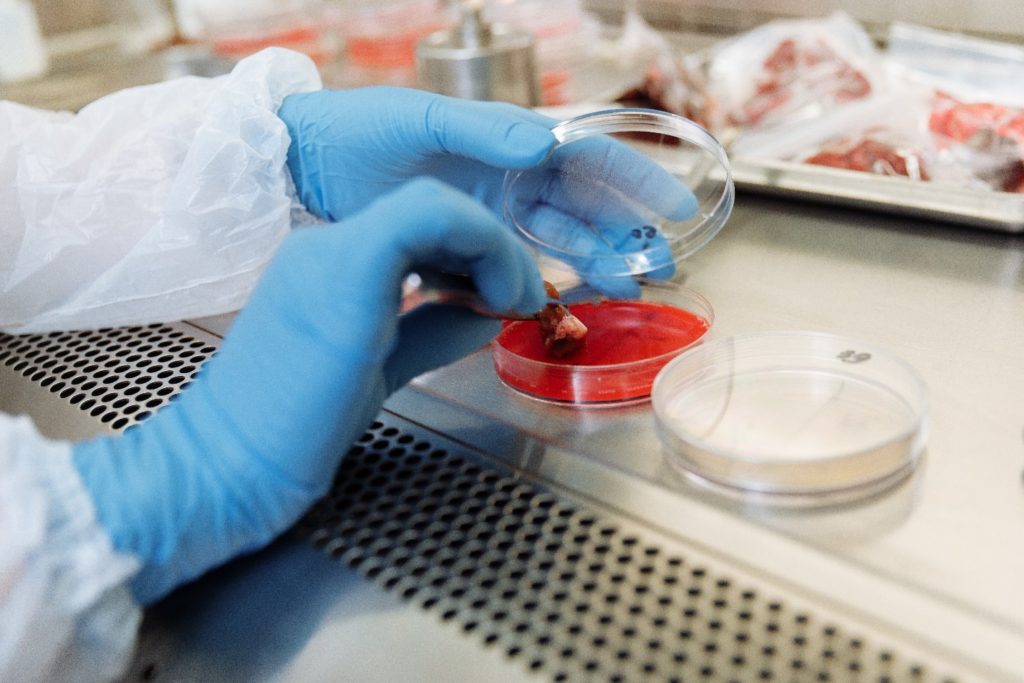
5 Ways to Avoid Blood Cots

Although blood is always in liquid form, some conditions can thicken your blood, and it can form clots as it does during healing wounds.
Irregular blood clumps or clots in your veins and arteries can lead to serious health issues. These clots can break loose and travel in the body, which can potentially harm our organs. If blood clots manage to flow towards an essential organ, it can be fatal. However, there are preventive methods that can prevent blood clots for people who tend to develop them.
In most cases, people don’t realize their body is developing blood clots until a complication occurs. Here are some ways you can prevent blood clots from forming in your body:
1. Hydrate
Dehydration is known to increase the possibility of developing blood clots. Therefore, drinking plenty of water during the day is essential if you risk developing blood clots.
2. Stay Active
People who are active and exercise regularly have lower chances of developing blood clots. However, if you live a sedentary lifestyle, engaging in intense exercises is not a good idea. Start with light exercises and gradually increase the intensity. Engaging in an intense exercise routine, to begin with, can increase your chance of loosening a risky blood clot.
If you’re confused about which level of activity is healthy for you, consult a healthcare professional before making necessary lifestyle changes.
3. Maintain Your Body Weight
Obesity is linked to increased pressure on your abdominal area, long-term inflammation in your body, and a sedentary lifestyle. All these conditions can increase your chances of developing a blood clot. If you’re planning to lose weight, consult a healthcare professional regarding healthy ways to lose weight, if needed.
4. Monitor Your Sodium Intake
Monitoring your sodium level intake is essential as it can help lower the chances of a blood clot. However, be mindful that too high or too low sodium levels can lead to complications with a blood clot.
5. Include Activity During The Day
If the nature of your job or a medical condition requires you to stay in one place for a long time. It’s beneficial to move around as often as you can. According to The Centers for Disease Control and Prevention, performing stretches (Arms and Legs) and moving around every 2 to 3 hours can prevent blood clotting.
Symptoms of a Blood Clot?
Blood clots can form anywhere in the body. Symptoms and signs of blood clots depend on the location where a blood clot is restricting blood flow. Here are some symptoms to remember:
- Irregular heartbeat
- Dizziness
- Fainting
- Low blood pressure
- Chest pain that worsens with deep breathes and cough
- Coughing up blood
- Pain, swelling, and tenderness without any injury or trauma – especially in the legs
- Bruises or discoloration anywhere in the skin on your legs
- Shortness of breath or difficulty breathing
Blood clots can lead to serious medical issues such as a stroke or a heart attack. If you experience any of these symptoms or warning signs of a heart attack or stroke, consult a doctor right away.

Phlebotomy On Wheels provides a wide range of Laboratory Services Maryland. These services are for clients that want to receive essential care on their doorstep. We provide specialized blood testing for blood clotting and many other conditions associated with it. Visit our website or contact us for more information.


